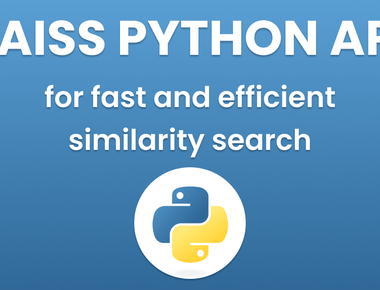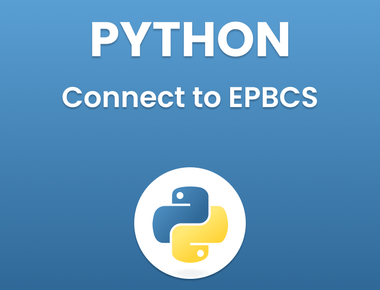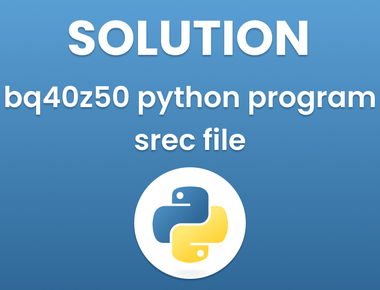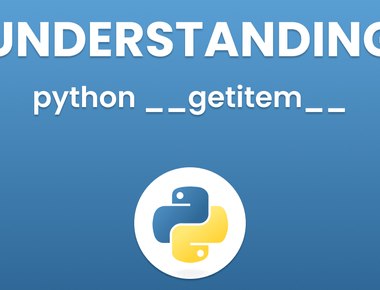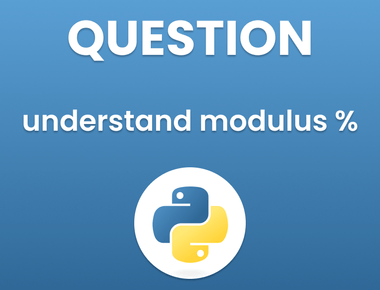Table Of Contents

Python Try Except Print Error Made Easy
In Python try except print error provides a powerful mechanism for handling and printing errors that occur during program execution. This allows you to gracefully manage exceptions and provide informative error messages to users or developers. In this article, we will explore how to use try and except to catch and print errors in Python.
The try and except Blocks
The try and except blocks work together to handle exceptions in Python. Here’s the basic structure:
try:# Code that might raise an exceptionexcept ExceptionType as e:# Code to handle the exception
- try: The try block contains the code that might raise an exception. If an exception occurs within this block, the program will jump to the corresponding except block.
- except: The except block specifies the type of exception it can handle (e.g., ZeroDivisionError, ValueError, or a custom exception). If an exception of the specified type occurs, the code inside the except block will be executed.
- as e: You can optionally capture the exception object in a variable (e in this example) for further analysis or to print error messages.
Example: Printing an Error Message
Let’s demonstrate how to catch and print an error message using try and except:
try:result = 10 / 0 # This will raise a ZeroDivisionErrorexcept ZeroDivisionError as e:print(f"An error occurred: {e}")
In this example:
- We attempt to divide 10 by 0, which will raise a
ZeroDivisionError. - The
except ZeroDivisionErrorblock catches the exception. - We use
print()to display an error message along with the exception’s description (the error message generated by Python).
Handling Multiple Exceptions
You can use multiple except blocks to handle different types of exceptions. Python will execute the first except block that matches the raised exception:
try:result = int("abc") # This will raise a ValueErrorexcept ZeroDivisionError as e:print(f"ZeroDivisionError: {e}")except ValueError as e:print(f"ValueError: {e}")
In this example, a ValueError is raised when trying to convert the string “abc” to an integer. The second except block, which matches ValueError, is executed.
Handling Generic Exceptions
You can also catch generic exceptions without specifying a particular exception type. However, it’s generally recommended to catch specific exceptions whenever possible to provide more accurate error handling:
try:result = 10 / 0 # This will raise a ZeroDivisionErrorexcept Exception as e:print(f"An error occurred: {e}")
Catching Exception without specifying a more specific exception type should be used sparingly because it can make debugging more challenging.
Raising Custom Exceptions
In addition to handling built-in exceptions, you can raise custom exceptions using the raise statement. This allows you to define and raise exceptions that are meaningful for your application:
def divide(x, y):if y == 0:raise ValueError("Division by zero is not allowed")return x / ytry:result = divide(10, 0)except ValueError as e:print(f"An error occurred: {e}")
In this example, the divide() function raises a custom ValueError with a specific error message when attempting to divide by zero.
Conclusion
Using try and except blocks in Python allows you to gracefully handle and print errors that may occur during program execution. This is crucial for improving the reliability and user-friendliness of your applications. Whether you’re catching built-in exceptions or defining custom ones, effective error handling is a fundamental aspect of robust software development.
Subscribe to our newsletter!
Related Posts
Quick Links
Legal Stuff
Social Media



